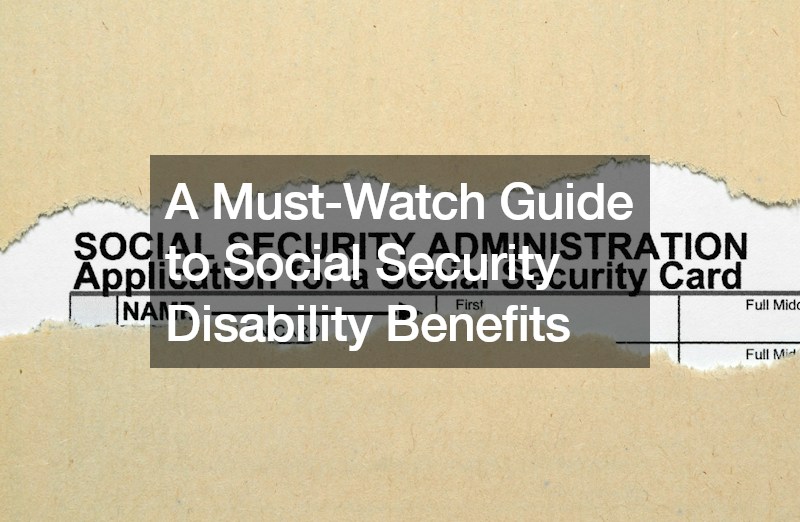Successfully planning your retirement, especially for flight attendants, requires careful consideration of various factors to ensure financial security and peace of mind during your golden years. Start by evaluating your current financial situation, including income, expenses, assets, and liabilities, to determine your retirement readiness and set realistic goals for your desired retirement lifestyle.
Flight attendant retirement planning involves estimating your retirement expenses, including housing, healthcare, travel, and leisure activities, and developing a budget to cover these costs while maintaining your desired standard of living. Consider consulting with a financial advisor specializing in aviation industry professionals to help create a customized retirement plan tailored to your needs and objectives.
Maximize retirement savings opportunities, such as employer-sponsored retirement plans like 401(k) or 403(b) accounts, as well as individual retirement accounts (IRAs) and other investment vehicles. Take advantage of employer matching contributions and tax-deferred growth opportunities to build a substantial retirement nest egg over time. Diversify your investment portfolio to manage risk and achieve long-term growth while preserving capital for retirement. Allocate assets across different asset classes, such as stocks, bonds, and real estate, to balance risk and return potential.
Regularly review and adjust your retirement plan as needed to account for changes in your financial situation, lifestyle goals, and market conditions. Stay informed about retirement planning strategies, tax laws, and investment trends to make informed decisions and optimize your retirement savings and income streams for a secure and fulfilling retirement as a flight attendant.




